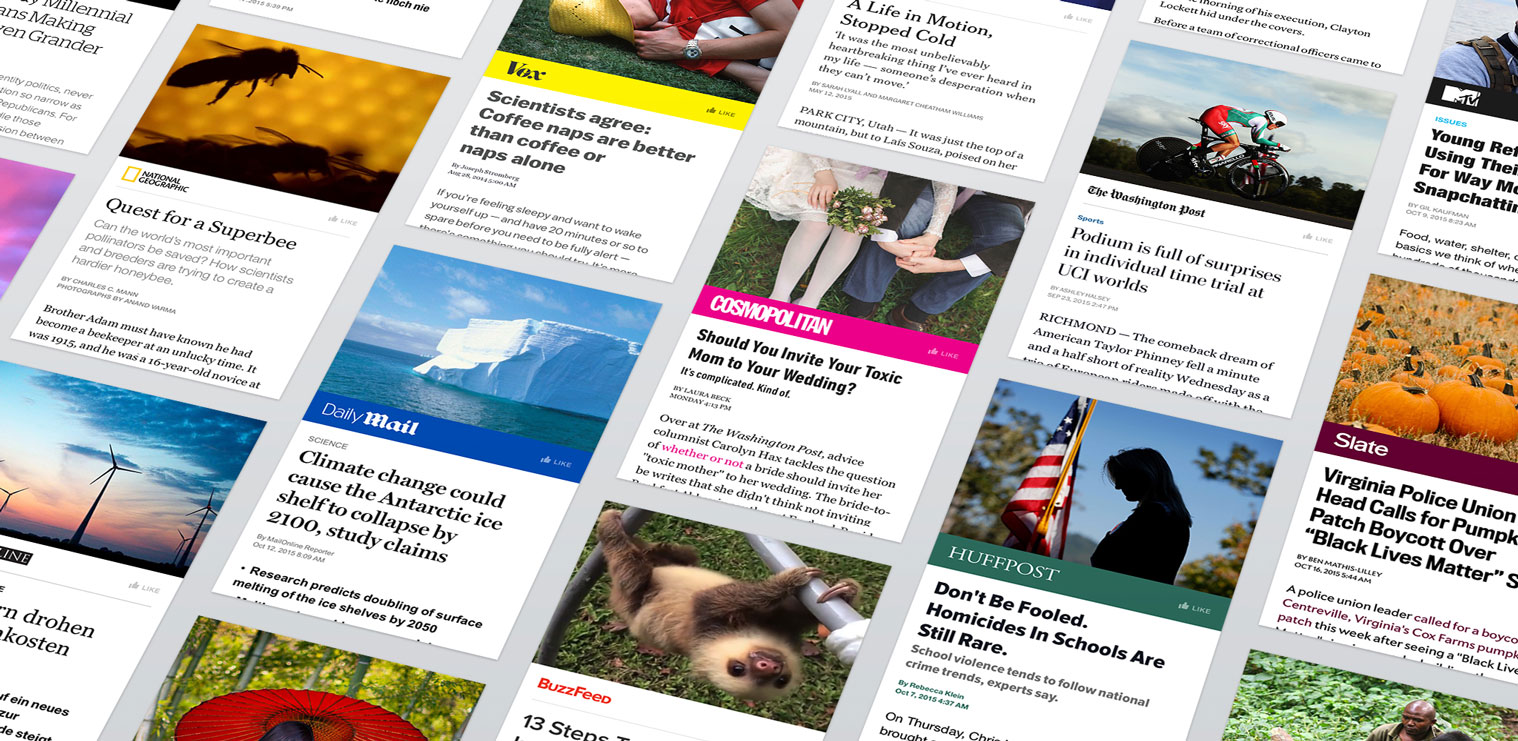Six years of 10up

If we spent our first five years pioneering and staking our claim in the world, in our sixth year we cultivated the organization and culture we pioneered. We rallied around trends and shifts in our industry and redoubled our investment into telling our story.
The initiative to better express our story culminated in a refresh of our company website, prominently featuring a new mission statement, proudly summarized by a promise to deliver “finely crafted websites and tools that make the web better.” We reinvigorated our project case studies, moving to a layout that better celebrates the challenges we’ve conquered with our clients. And we completely overhauled our Careers section, taking deliberate strides to better represent our culture of diversity and inclusion.
All this while growing our revenue by 12%.
Here are some of the ways we adapted to a shifting landscape and embodied our new mission since our last company anniversary:
Read More on Six years of 10up
 On
On 




